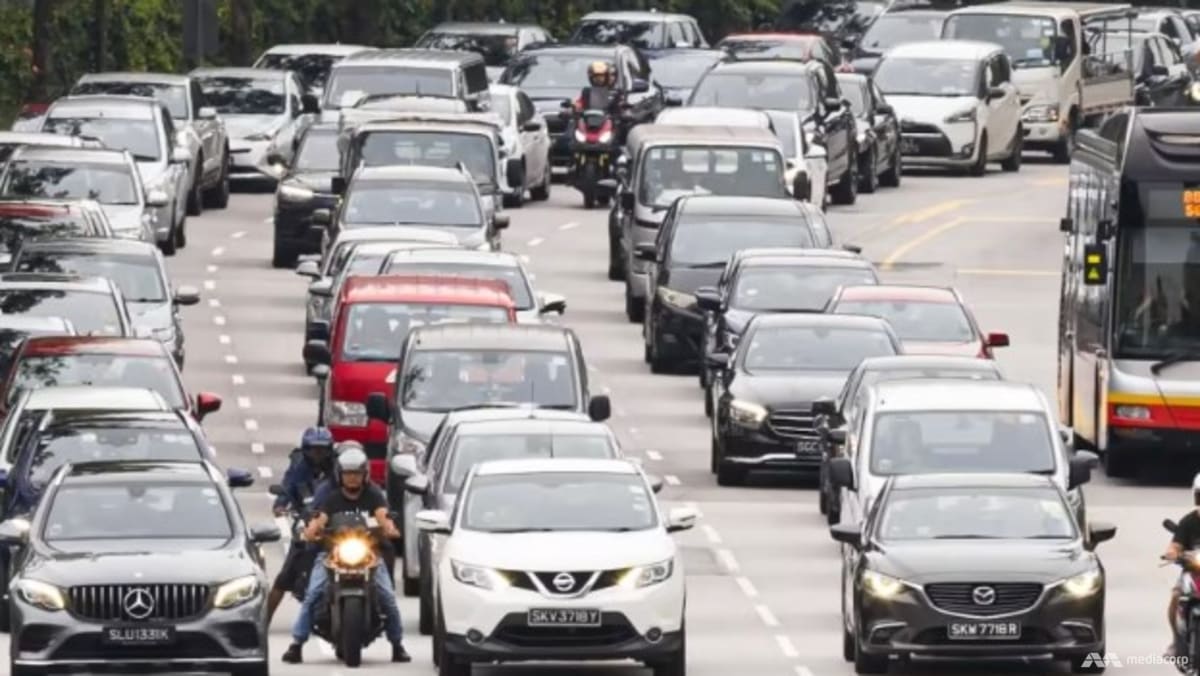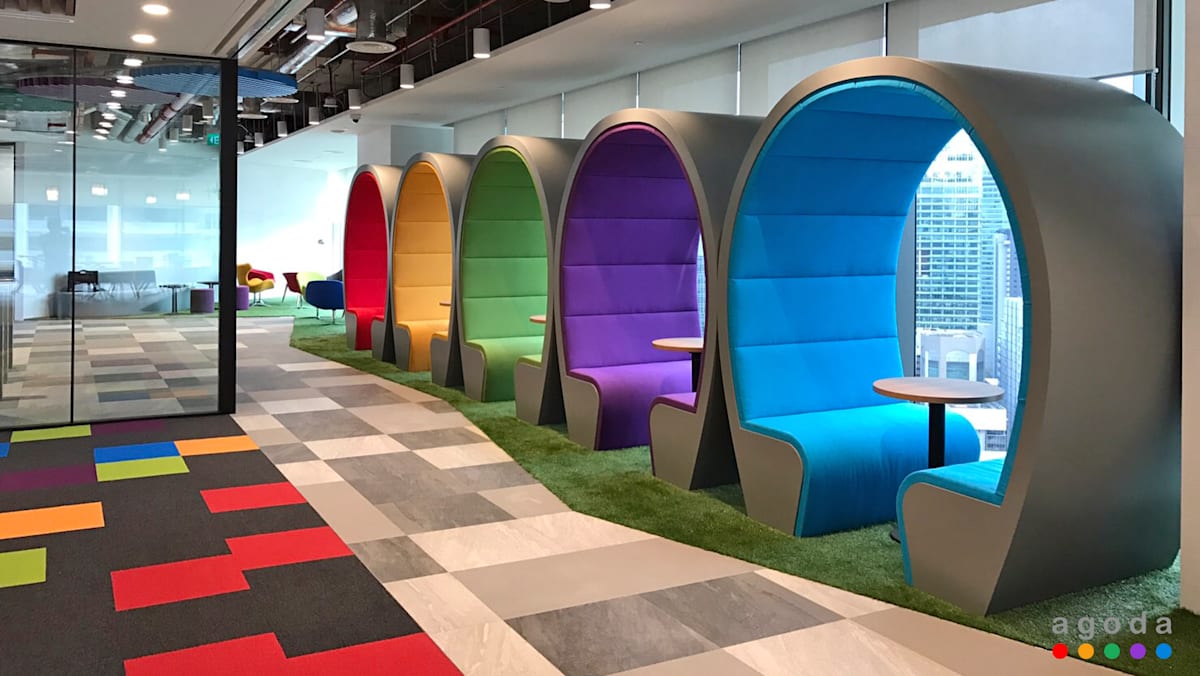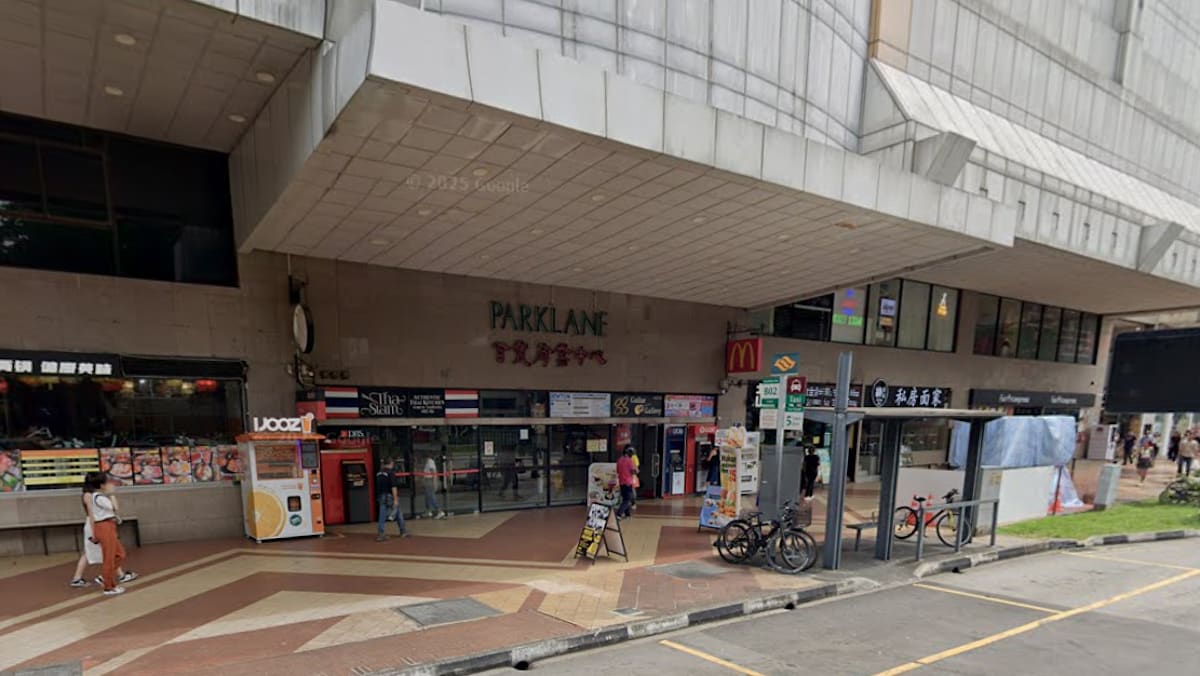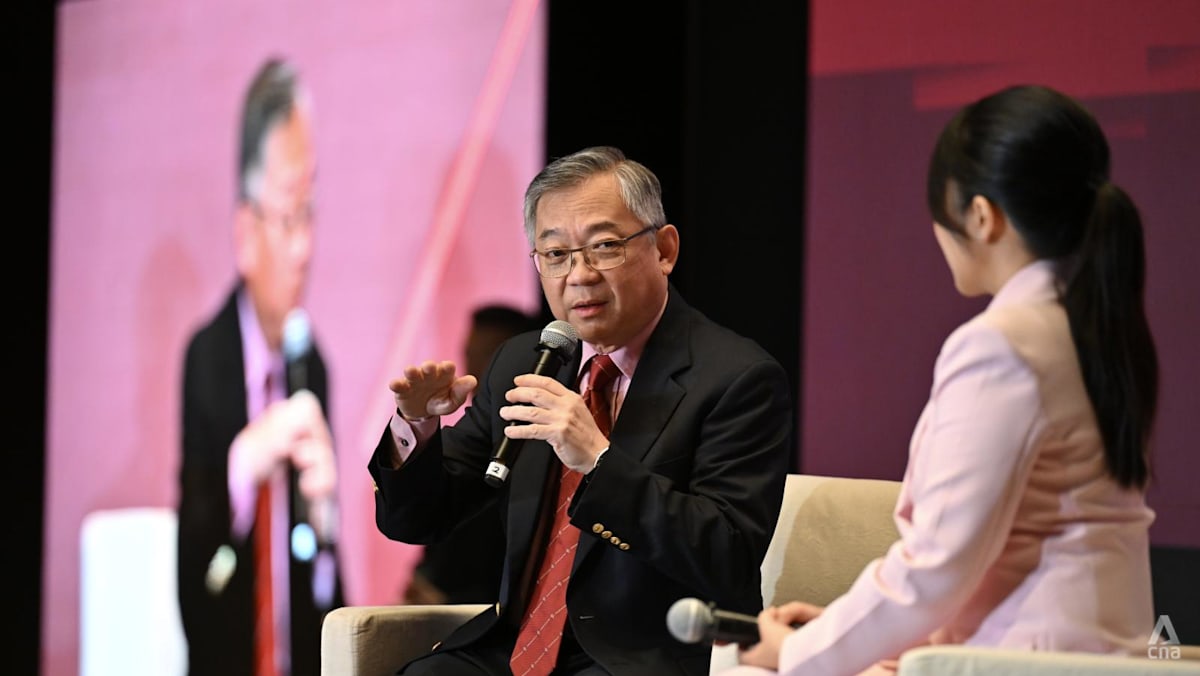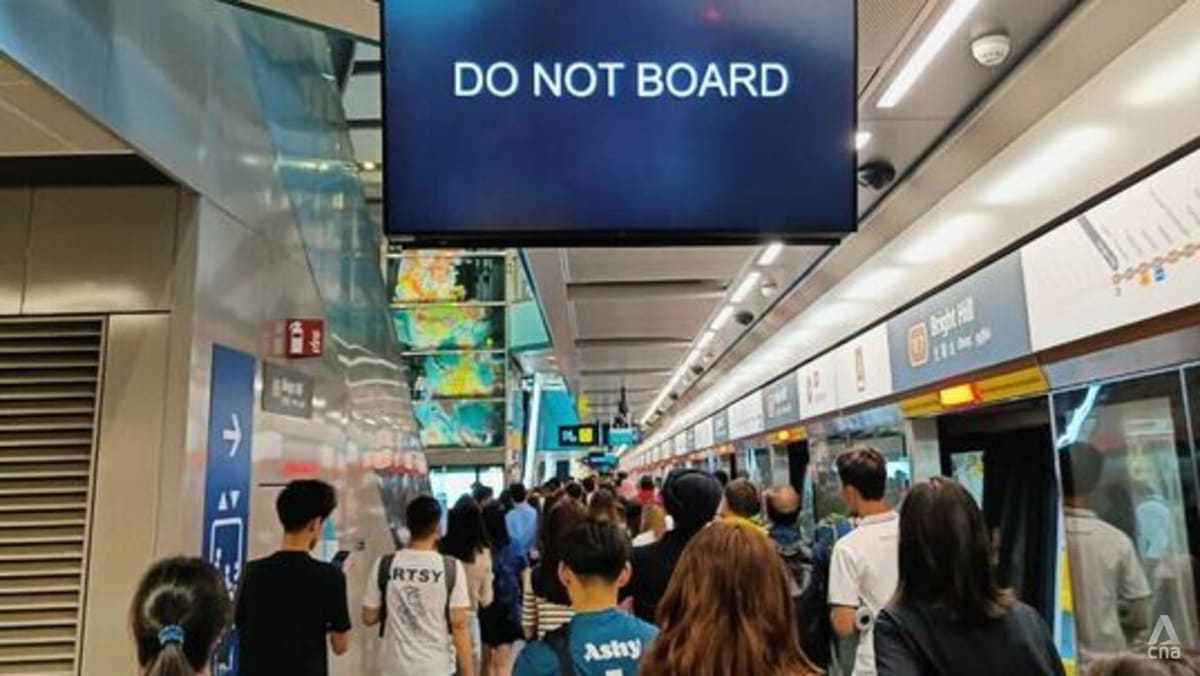CAR-SHARING AND LEASING AS A MAINSTREAM OPTION
Owning a car in Singapore has always come with a high price tag. Beyond the upfront purchase price and COE, drivers must also factor in additional registration fees, road tax, insurance premiums and parking charges.
But the cost is not only financial. Private cars take up valuable road and parking space in a land-scarce city, contributing to congestion and emissions. This is why Singapore has long sought to discourage excessive car ownership, investing heavily instead in a world-class public transport system.
There are approximately 1 million vehicles in Singapore, including roughly 650,000 cars. Many of these cars spend the bulk of the day parked when their owners are at work.
This suggests that for some drivers, car ownership may be more about flexibility than daily necessity. For example, families may want access to a car for weekend trips, errands involving bulky items, or to ferry their children or elderly parents around.
This is where car-sharing and car leasing come in. Both models reframe the idea of mobility as access rather than mobility as ownership.
Car-sharing offers mobility by the hour or day. Compared to a decade ago, there are now more car-sharing vehicles across neighbourhoods, integrated booking platforms, and electric vehicle (EV) options that align with Singapore’s sustainability targets. For individuals and families who only need a vehicle occasionally, this is the most cost-efficient option.
Leasing, on the other hand, gives drivers access to a vehicle for weeks or months at a time, without the 10-year COE lock-in. This appeals to those who want the stability of having a car parked at home, without the financial commitment of ownership.





